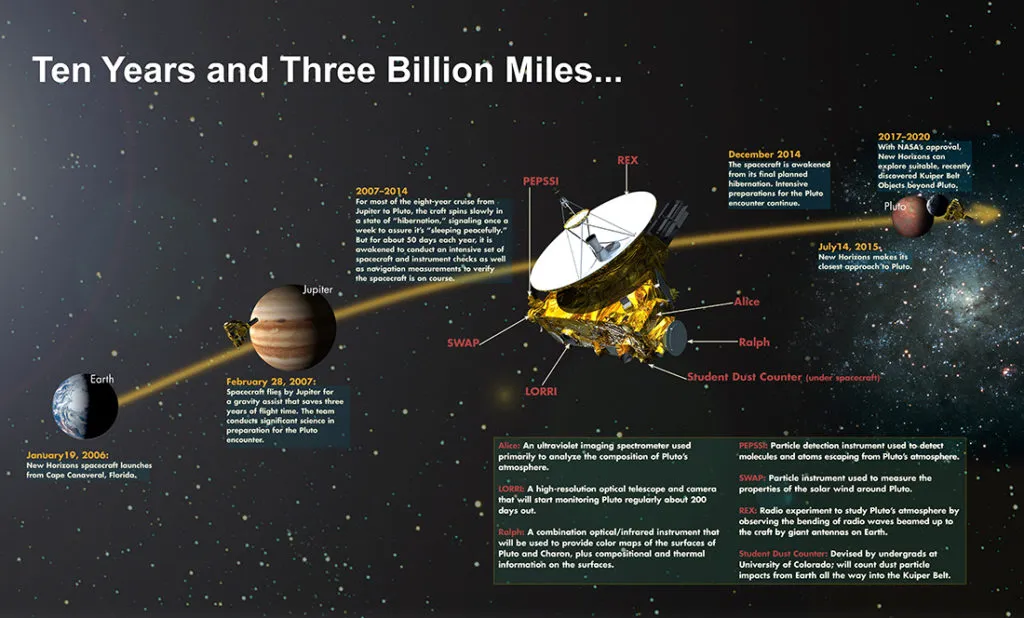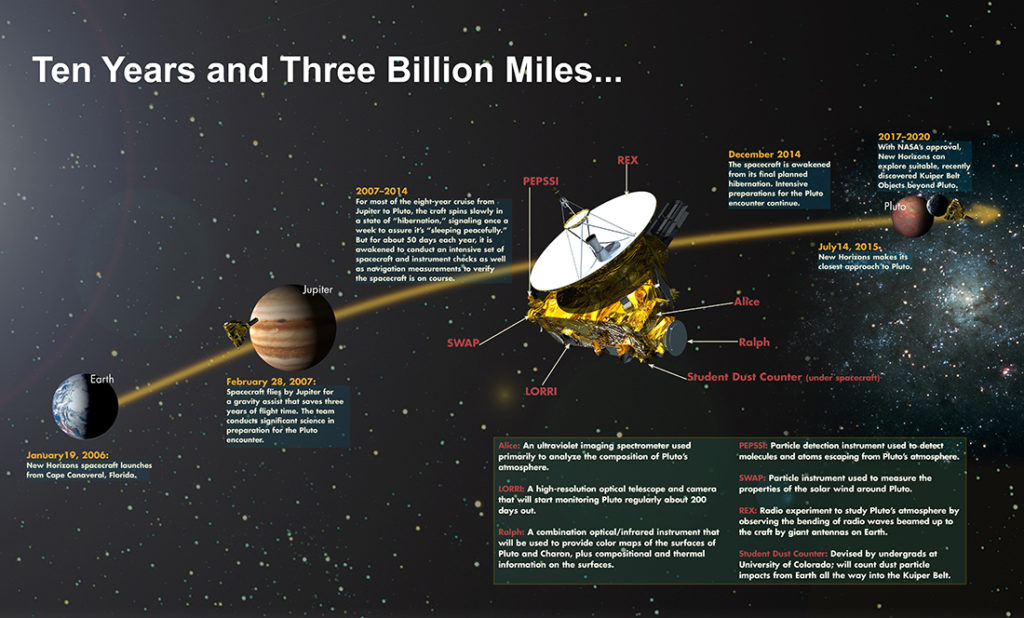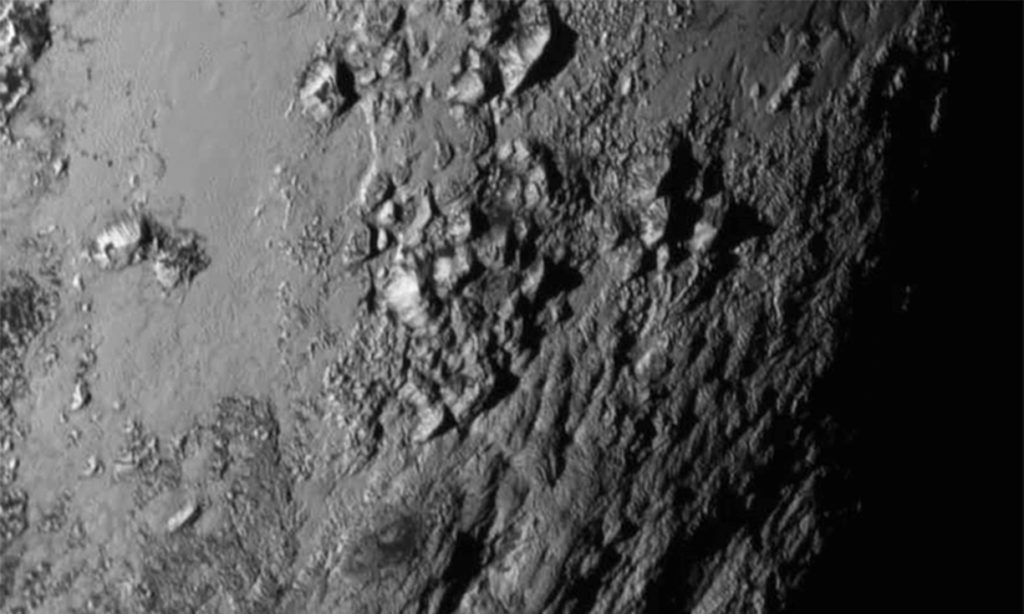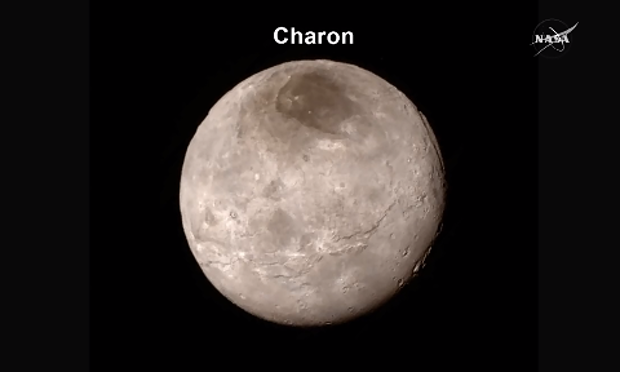Earth Observation Industry, International Financial Institutions and Development Agencies
This post is to address, Earth Observation Information Services as an assisting mechanism to operatively connect Earth Observation Industry, International Financial Institutions and Development Agencies.
International Financial Institutions (IFI) and Development Agencies (DA):
International financial institutions (IFI) (e.g., World Bank (WB)) are providing financial supports and professional advises for development activities and thus ensuring the processes to accelerate development in developing countries in a self-sustained manner. Besides, Development Agencies/Programs (e.g., UN family) are financed through voluntary contributions, also contributing to the comprehensive development of the developing countries.
IFIs and DAs organise and manage their development activities according to sectors (i.e., guided by economic activities) or Themes (i.e., guided by organizational goals/objectives) (e.g., agriculture, debt management) and we, EO professionals, believe Earth Observation (EO) data and information services can play a major role by supporting the management of development activities across sectors and by contextualizing local learning from global experience. IN this context, the particular advantages of EO are EO Information is globally consistent in nature and the availability of historical EO information that can be compared to the current status.
Earth Observation Industry (EOI):
Earth Observation Industry is a combination of commercial/non-commercial Earth Observation data providers (EODP) (e.g., European Space Agency (ESA)) that are dealing with reception, archiving and distribution of Earth Observation (EO) data and Value Adding Earth Observation Companies (VAEOC) that are turning EO data into information and providing EO Information Services.
EO is such an awesome technology that can deal with almost all kind of development activities very efficiently. For an instance, to plan and manage our water resource, we need to know, globally how much fresh water we have. Gravity Recovery and Climate Experiment (GRACE), an EO mission made possible to have an idea of how much ground water we have and how much we are extracting every day that was almost impossible to quantify few years back and that’s something remarkable.
Bridging EOI, IFIs and Das:
EOI is not a new entity anymore then again it’s a very new arena; to some it’s “a computer fantasy that can’t be a real tool for serious work”. The Non-EO people, who have considered EO as a possibility, appreciated it very much and from their exemplary experiences, some others are coming forward.
We, being an EO Professionals and as a stakeholder of EOI, are working across disciplines to ensure effective use of EO data by assisting non-EO people to use EO data efficiently. These have always been a vibrant experience and we love to do it again and again until we all in the same page.
Here, it’s worth to mention that EO data providers (i.e., ESA) have been working last couple of years to encourage EO data use among IFIs and supporting Value Adding EO Companies to assist IFIs with Earth Observation Information Services in their development activities. Besides, the commercial EO data providers like Planet Labs are also coming forward to assist humanitarian efforts.
Conclusion
Now, we have EO data providers, EO service providers and EO aware IFIs but still the assimilation process among EOI, IFIs and DAs is not evident and why is that? The noticeable reason can be: 1) the relatively small number of EO professional in IFIs and DAs, limiting the growth of EO usages. 2) EO data can be considered as Big Data as they comes in different formats and they are huge in size that requires special infrastructure and that is discouraging, in some extent. 3) Lack of necessary EO skilled professionals in the job market, which is the pre-requisite for successful EO integration in IFIs and DAs. Last but not the least 4) Lack of EO awareness, globally.
Did you like this post? Read more and subscribe to our monthly newsletter!










